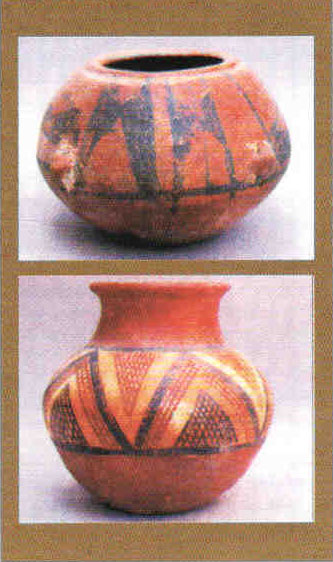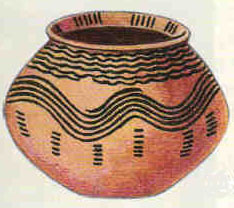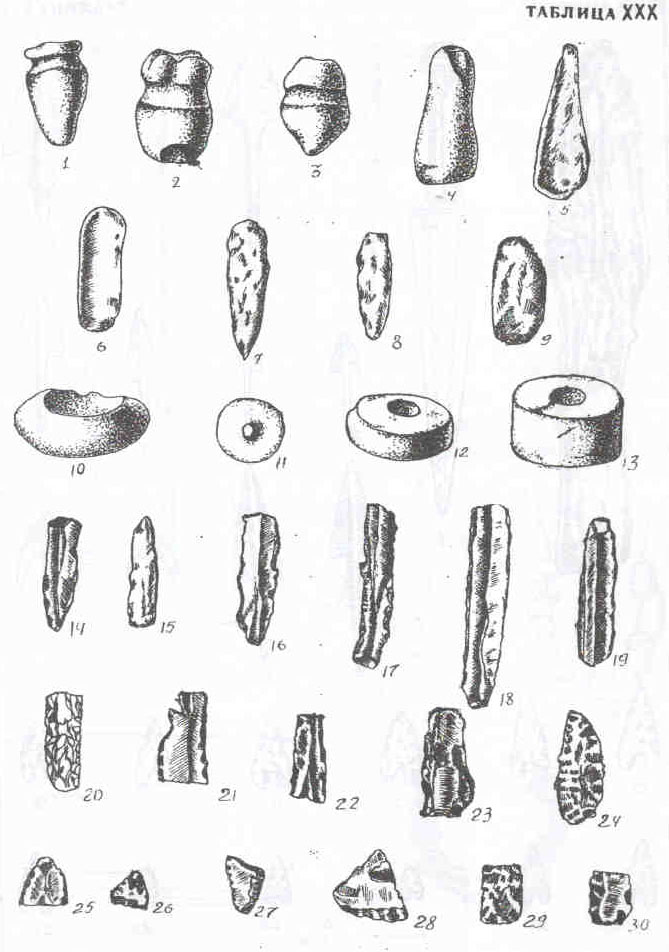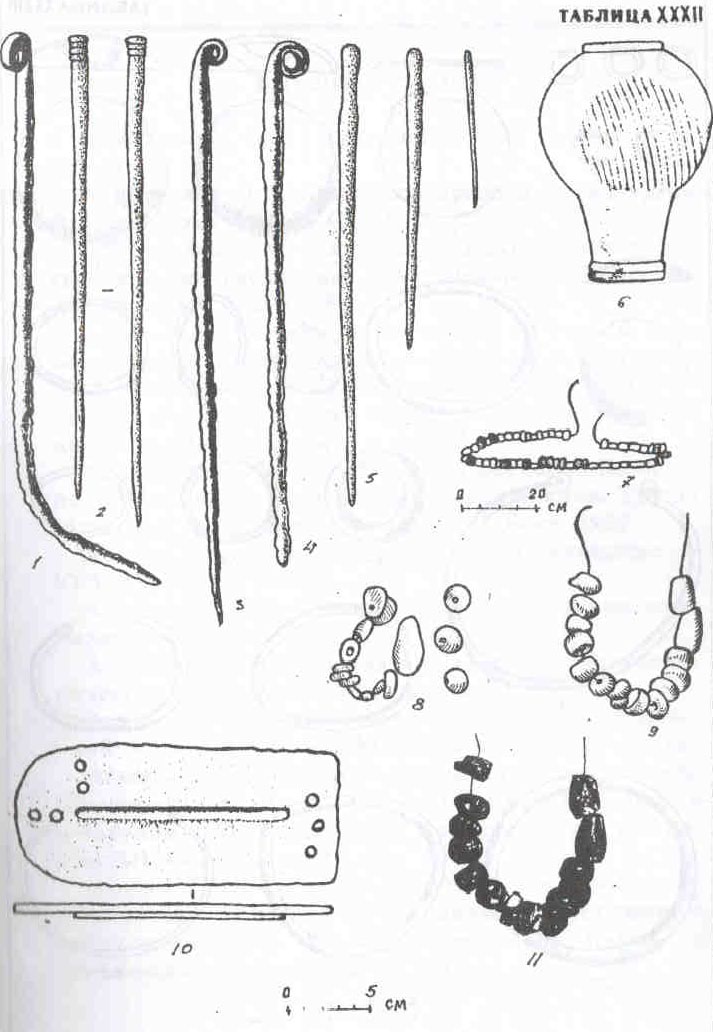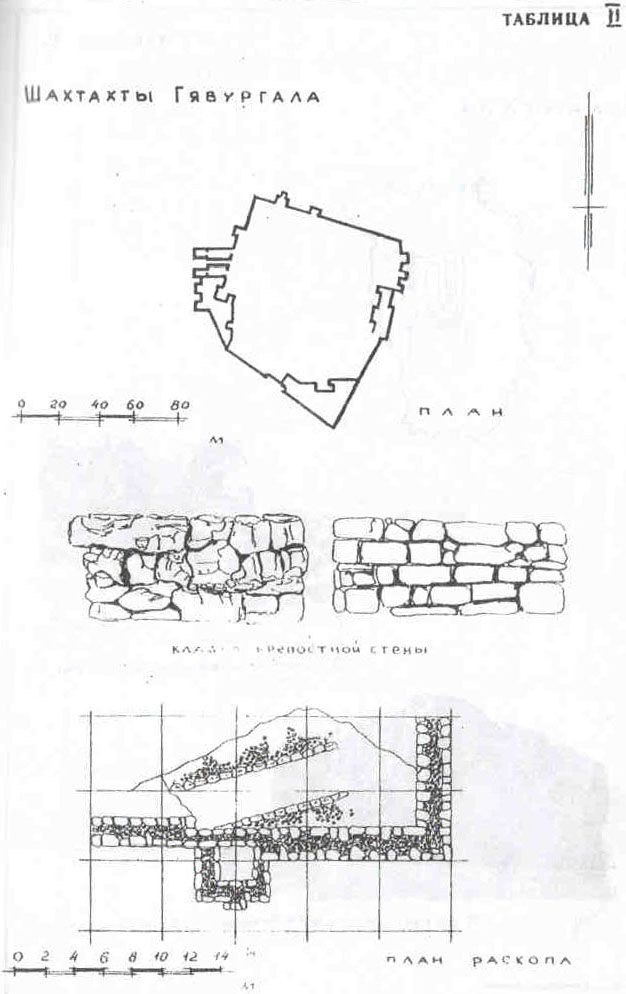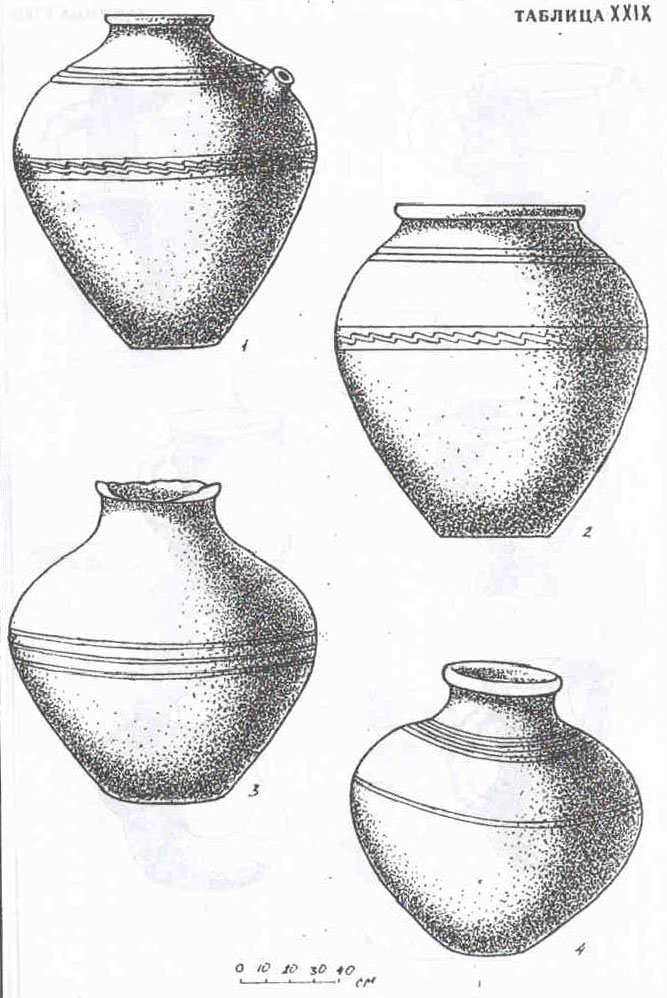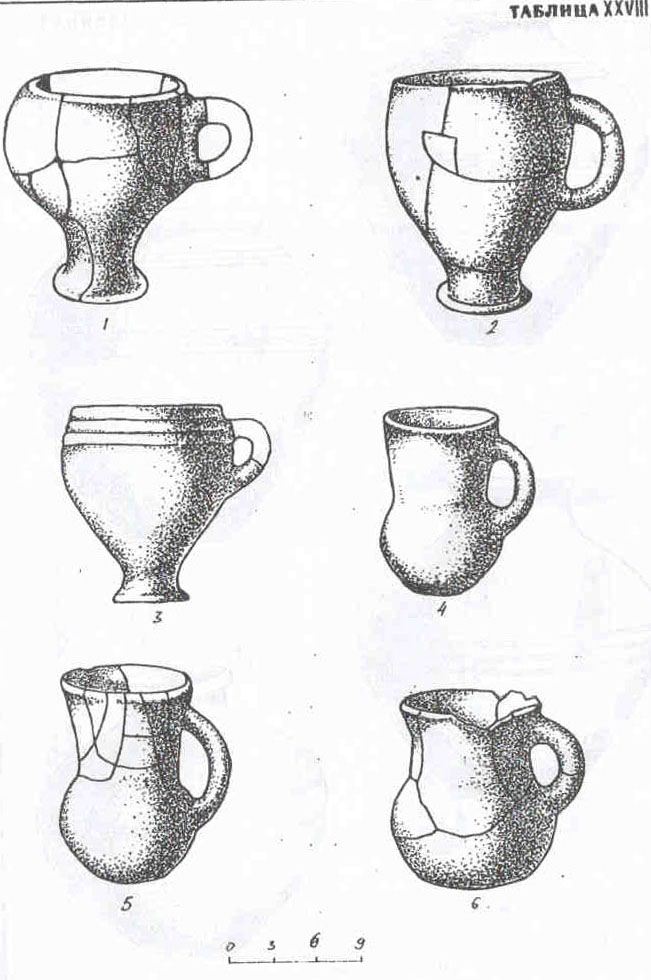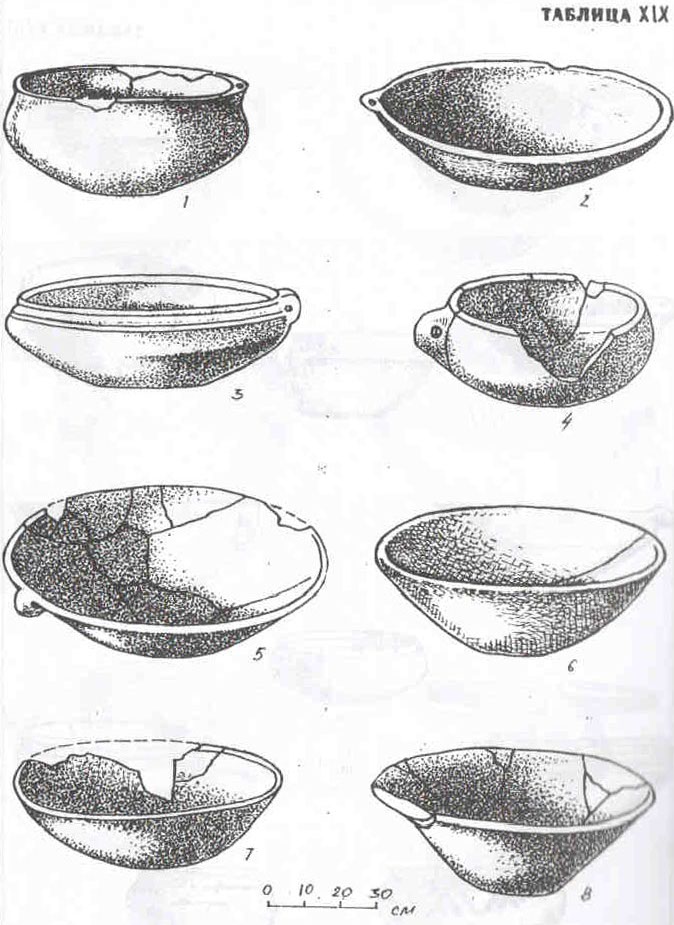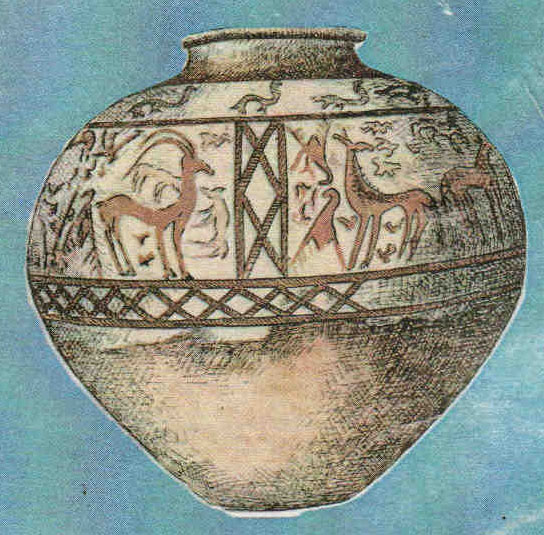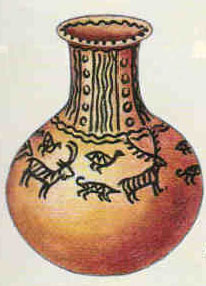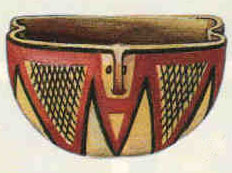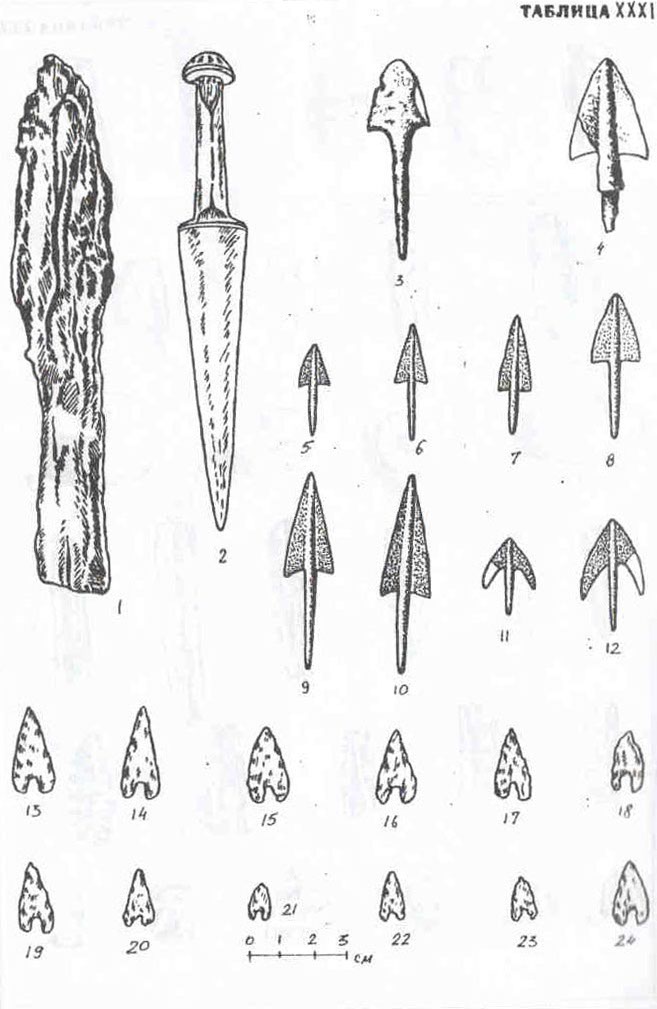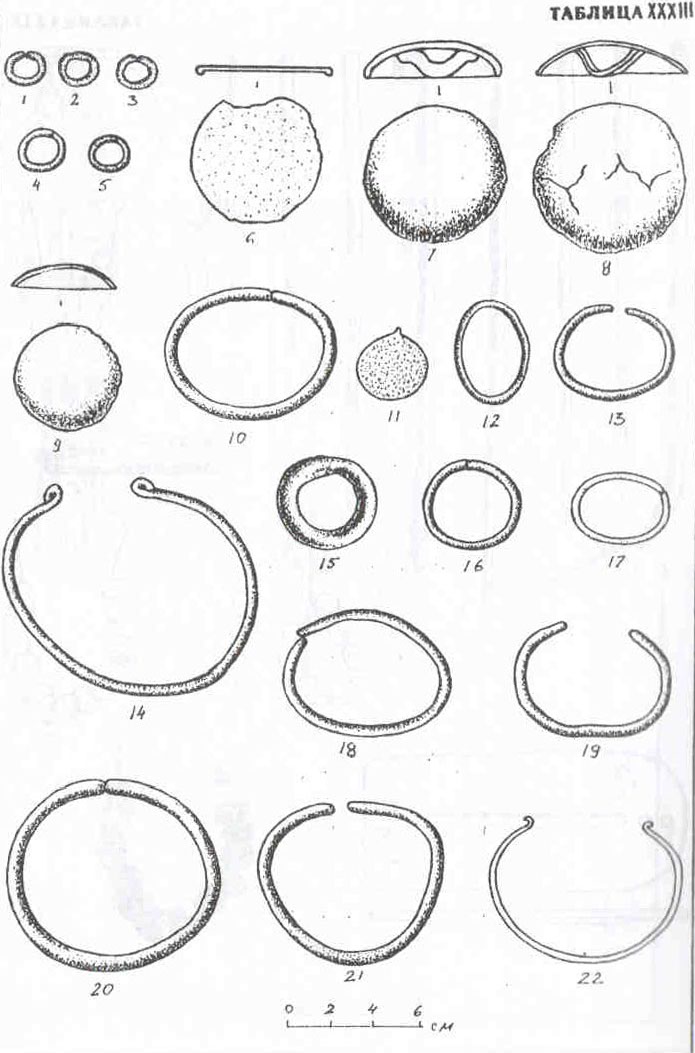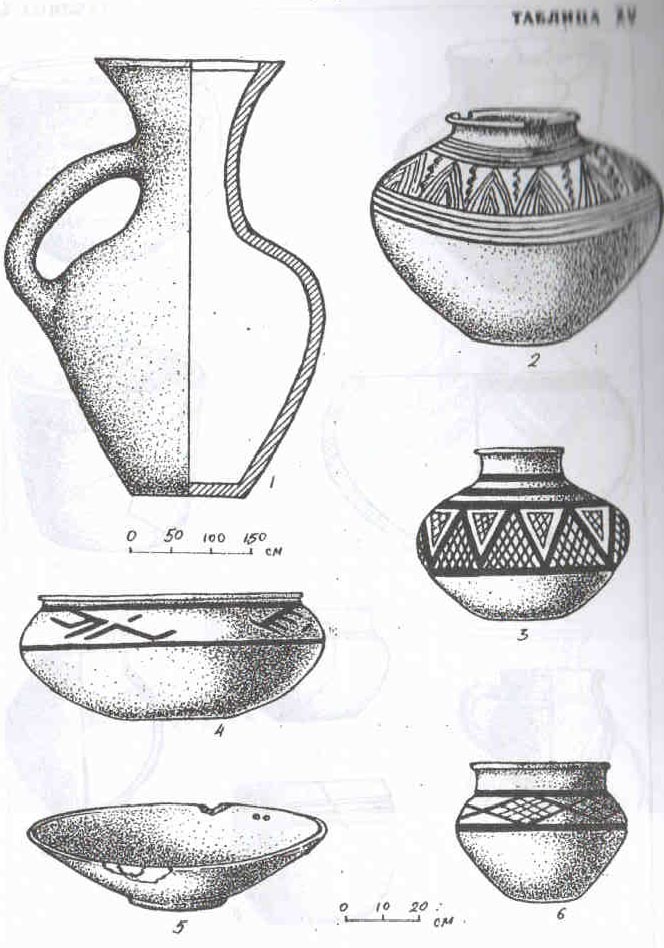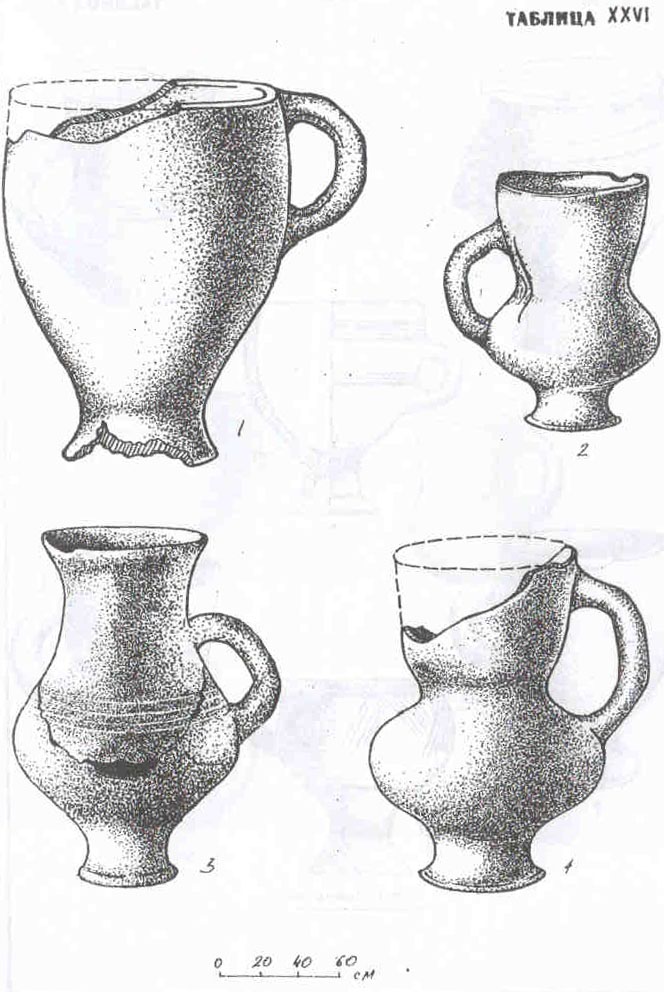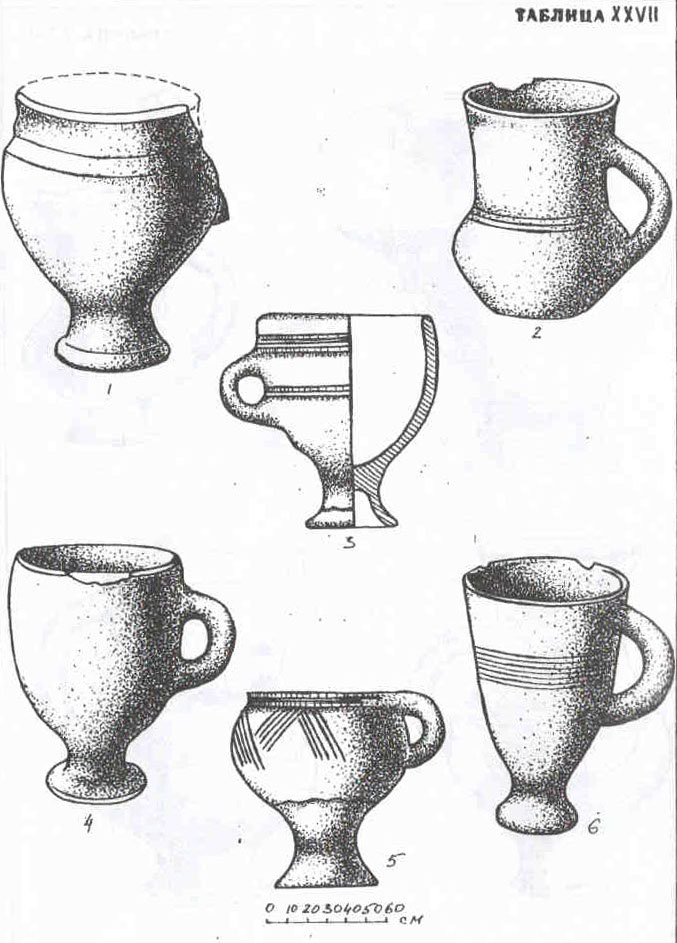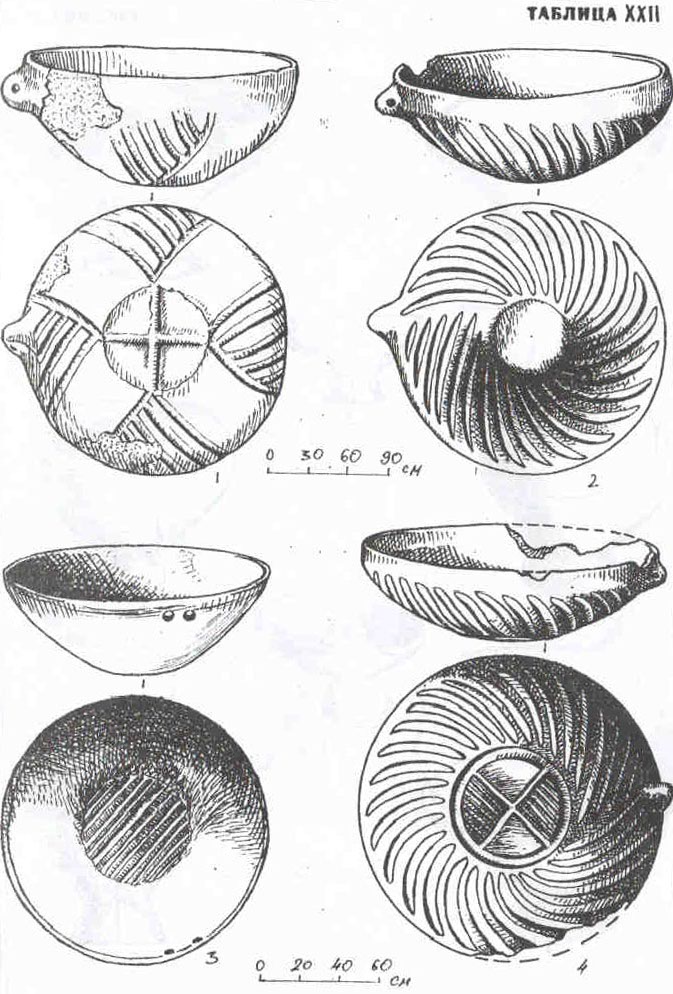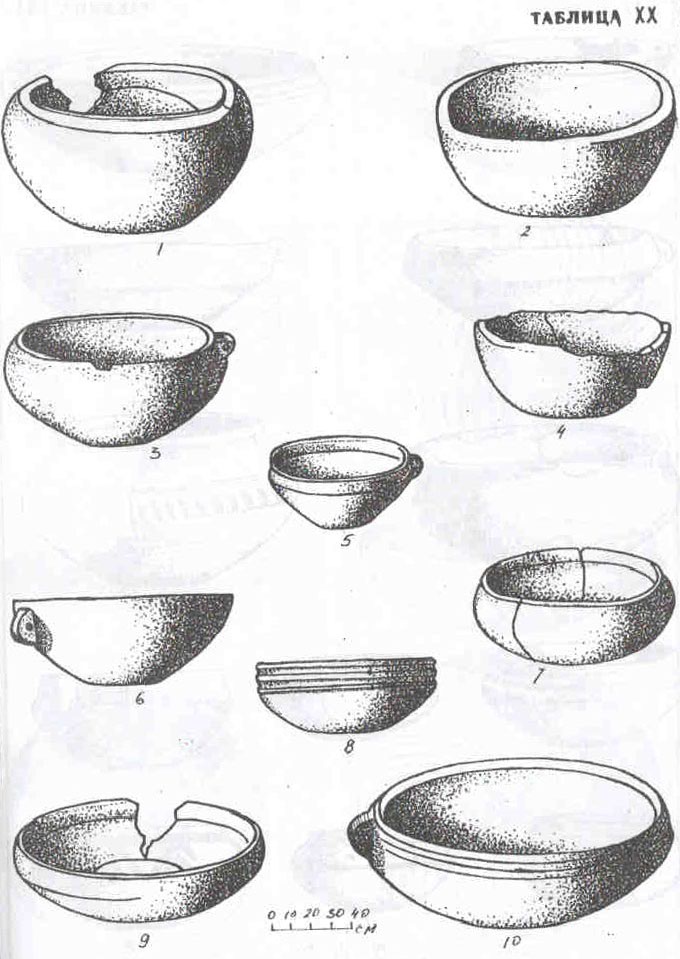SHAKHTAKHTI
ANCIENT LAND
With its suitable natural geographical condition Shakhtakhti was one of the places where ancient people settled and life lasted here for thousand years. Tools belonging to the Stone Age which were revealed during archaeological excavations in this territory prove the settlement of people here since ancient times. Ancient historical monuments of Shakhtakhti attracted attention of the investigators from the beginning of the 1930s and in 1936 famous Azerbaijan archaeologist A.K.Alekberov carried out excavations in this territory and in the necropolis near it. Revealed cultural monuments by A.K.Alekberov belonging to the last period of the Bronze Age including polychromic jug drew attention of a lot of investigators to Shakhtakhti. 1970s and 1980s prominent archaeologists V.H.Aliyev , K.M.Aslanov , K.M.Agayev carried out investigations in this necropolis. Ancient monuments of Shakhtakhti attracted not only Azerbaijan scientists’ attention , but also great interest of foreign investigators. Investigators from Turkey , Germany , Australia visited Shakhtakhti and gave information about this land in the magazines famous all over the world.
Shakhtakhti turned to be intensive used settlement since the vı- ı v centuries BC. Tools , worship things , arms and jewelry belonging to the different stages of the Bronze Age revealed during the investigations. Worship things revealed during Alekberov’s investigations are very important from the point of view of learning ideological thoughts of ancient tribes and at the same time our ancient culture. Being one of the main centers of the Kur-Araz culture , in the ıı century BC Shakhtakhti changed into a strong protected settlement and one of the centers of “dyed dishes” culture of the Bronze Age. Ceramics found in this necropolis prove the development of “ dyed dishes” culture in this territory.Investigations show that in the ııı-ıı centuries BC Nakhchivan was one of the biggest cultural centers of the Near East and strong alliances and state orcanizations were formed there. Shakhtakhti played great role in the economic-cultural relations of Nakhchivan with ancient Eastern countries.Shakhtakhti was used as transitional station at the Bronze Age salt,jewellery,metal and dyed ceramic products were taken to Urmiya and East Anadolu through Shakhtakhti and were exchanged to cloth,tin products and jewellery.
At the Middle Bronze age different fields of handicraft were developed in Shakhtakhti. The masters of Shakhtakhti learned the secrets of copper metallurgy in the ıv-ııı century BC and at the end of ııı century BC they mastered the ways of production of bronze and made arms and jewelry of high quality. Dyed ceramics production have been developed for a thousand years and changed according to taste and lifestyle of population of Shakhtakhti. Religious-mythological scene described on the polychromic jug belonging to the Middle Bronze Age is very important from the point of view of learning ideological thoughts of Azerbaijan people. The scene described on the jug reaches with its roots to Sumerian. The fight among animals was one of the popular motives widely used in the ancient East art. This motive is being used in the Azerbaijan art nowadays.
At the Late Bronze Age and Early Iron Age Shakhtakhti developed economically and culturally. At that time Shakhtakhti was the city playing the role of the administrative and political center. His period is characterized with the development of social-political events , ethnic displacement , increase of conflicts between the tribes in the history of Azerbaijan , as well as in the history of Nakhchivan. Strong slave-holder states as Assyria and Urartu which were situated at the neighborhood with Azerbaijan encroached on our territorial integrity. In this situation tribes situated in the north of present Karabakh region moved toward Urmia to prevent attacks. The influence of this movement can be noticeable on monuments. Undoubtedly these tribes passed Shakhtakhti while moving to the south.
Monuments revealed in Shakhtakhti , names of tribes (chengerli , gazakhli , dunbulli , safarli , kanli , khoylu , pelik etc.) ,legends , stories ,dances and other folklore examples from the point of view of learning the history of Azerbaijan , ethnic belonging of the tribes who lived in Nakhchivan and ideological thoughts of Azerbaijan people. One of the rituals which is characteristic for Shakhtakhti is tombs without skeleton. This ritual lasted through ııı -I centuries BC. Investigations show that population of Shakhtakhti idealized horse , cattle and other animals.
Archaeological investigations prove that the ancient population of Shakhtakhti were busy with agriculture and cattle-raising. At the same time weaving , the conversion of lather and other areas were developed in Shakhtakhti . This land was cultural and educational center. During the Ancient and Middle Ages Shakhtakhti was the settlement playing great role in the history of Azerbaijan and was the bridge between south and north. Money treasures belonging to Safavids in the territory of Shakhtakhti shows that this settlement plays great role in the economic-cultural relations of Azerbaijan. According to the town was called Shakhtakhti . Shakhtakhti which continued traditions of the Ancient and Middle Ages culture was the witness of a lot of historical events and wrote glorious pages to the revolutionary history of the Azerbaijan people.
At the beginning of the 20 th century Shakhtakhti gives to the Azerbaijan people world famous social figures and scientists such as Muhammed aga Shakhtakhtinski, Adile Shakhtakhtinskaya, Zarifa khanum Aliyeva, Ahmed Mahmudov and also academicians of the Azerbaijan National Sciences Muhammed Shakhtakhtinski, Togrul Sakhtakhtinski and corresponding member Firudin Mamedov. It will be enough to say that 6 academicians, a number of doctor of science, hundreds of specialists were born in this town
